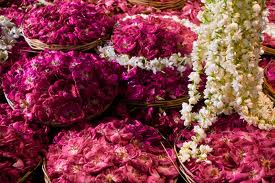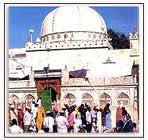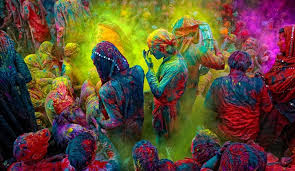Urs Festival2012 About
Ajmer
The Urs festival is an annual festival held at Ajmer, a city in the Indian state of Rajasthan, which commemorates the death anniversary of the Sufi saint Moinuddin Chishti, It is held over six days and features night-long dhikr/zikr qawwali singing. The anniversary is celebrated in the seventh month of the Islamic lunar calendar. Thousands of pilgrims visit the shrine from all over India and abroad.
Urs Festival is an occasion for thousands of devout to congregate at the shrine and offer their prayers. All of Ajmer seems to be in a festive mood and several programmes are organised to mark the festivals.Pilgrims from all over the world gather to pay homage. Qawalis (poems) are presented in the saint’s honour and religious assemblies (mehfils) and ‘fatihas’ (mass prayers) are held.
.jpg)
The lakeside town of Ajmer also called Ajmer Sharif (holy) comes alive during the Urs which attracts thousands of devotees irrespective of caste, religion etc. At the huge fair the largest Muslim fair in India that springs up at this time, religious objects, books, rosaries, embroidered carpets and silver ornaments are on sale.
Chadar; Ghilaph & Neema, which are votive offerings for several hundred thousand devotees offer the tomb. Mehfils & Qawwalis are held and mass prayer calls for the eternal peace of the mankind. An interesting ritual is the looting of Kheer (Milk Pudding), which is cooked in two large cauldrons, called Degs and distributed to the devotees as tabarruk (blessed food). The lakeside city of Ajmer is located in central Rajasthan, and is held in great reverence by devotees of all communities who call it ‘Ajmer Sharif’ (Holy Ajmer). It is here that the mortal remains of the highly respected Sufi saint Khwaja Moin-ud-din Chishti lie buried.
The Khwaja came from Persia and established the Chishtia order of fakirs in India. He is popularly known as Gharib Nawaz (protector of the poor) because he dedicated his entire life to the service of mankind. His spartan life spanned almost a hundred years and he embraced death in solitude while he had withdrawn to his cell for six days, asking not to be disturbed.
The Dargah Sharif in Ajmer is the place where the Saint’s mortal remains lie buried and is the site of the largest Muslim fair in India. More than five lakh devotees belonging to different communities gather from all parts of the subcontinent to pay homage to the Khwaja on his Urs (death anniversary) during the first six days of Rajab (seventh month of the Islamic calendar.)
The pilgrims who come to seek the blessings of the Khwaja make rich offerings called nazrana at the holy spot where the saint has been entombed.
At night, religious assemblies called mehfils are held in the mehfil-khana, a large hall meant for this purpose. These are presided over by the Sajjada Nashin of the dargah.
Qawwalis are sung and the hall is packed to capacity. There are separate places reserved for women who attend the mehfil. The mehfil terminates late in the night with a mass prayer for the eternal peace of the Khwaja in particular and mankind in general.
.jpg)
The Dargah is located at the conjunction of three bazaars. There are a number of restaurants around the Dargah where visitors can choose from a variety of dishes most of which are non-vegetarian preparations. Guesthouses on the road leading to the Dargah offer accommodation that ranges from economical to luxurious. Many other guesthouses are strewn across the city. The shops in the market around the Dargah sell flowers, prayer mats, rosaries, textiles, and general merchandise as well.
.jpg)


.jpg)


